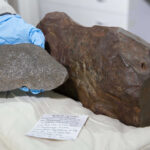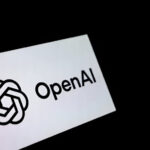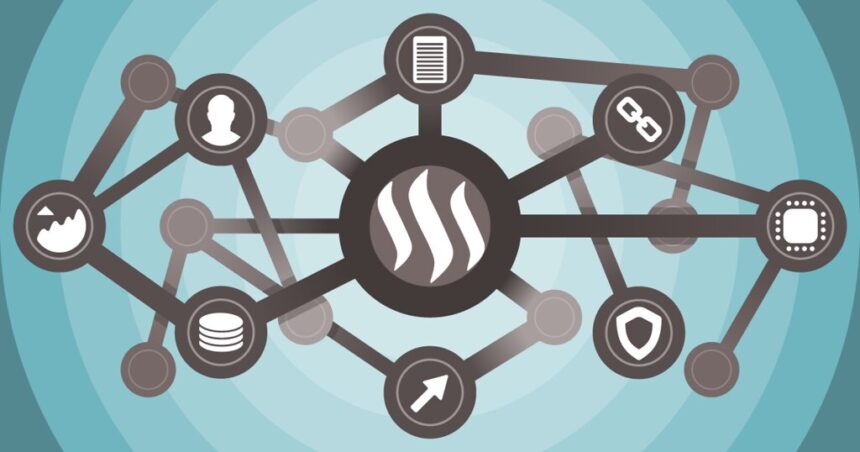In the last few years, you may have heard the word blockchain thrown around—especially in conversations about Bitcoin, cryptocurrency, or Web3. But what exactly is blockchain? Is it just about digital money, or is there more to it?
Let me break it down in the simplest way possible.
Imagine a Notebook Everyone Can See
Think of blockchain as a notebook or ledger. But unlike a regular notebook that sits on one person’s desk, this one is shared and open. Many people around the world have copies of this notebook, and every time someone writes something in it, all copies get updated.
Now, once something is written in this notebook, it can’t be changed or erased. This is one of the most important things about blockchain—it keeps a permanent record of everything that happens.
The Name Itself: Block + Chain
The name “blockchain” comes from the way it stores information:
- Data is grouped together in blocks.
- Each block is linked to the one before it, forming a chain.
So, once a block is filled with data, it’s sealed and attached to the previous block, making a secure chain of information. This chain keeps growing over time as more blocks are added.
How Does It Work?
Let’s use a basic example: imagine Alice wants to send some money to Bob using Bitcoin.
- Transaction Request: Alice makes the request to send 1 Bitcoin to Bob.
- Verification: Thousands of computers (called nodes) in the blockchain network check to see if Alice actually has 1 Bitcoin to send.
- Block Creation: Once verified, the transaction is grouped with others into a block.
- Adding to the Chain: That block is then added to the existing chain of blocks—and the transaction is now part of the permanent record.
- Everyone Updates: All computers in the network update their copy of the blockchain.
No single person controls this process—it’s decentralised. That’s why blockchain is often called a decentralised ledger.
Why Is It Considered Secure?
Here’s why blockchain is so trustworthy:
- 🔐 It’s Transparent: Everyone can see the transactions, but personal identities are kept private.
- 🧱 It’s Immutable: Once something is recorded, it can’t be altered.
- 🕸️ It’s Decentralised: There’s no central authority like a bank. This reduces the risk of fraud or corruption.
Is It Just for Cryptocurrency?
Not at all.
While blockchain became famous because of Bitcoin, it’s now being used for many other purposes, like:
- Supply chains (tracking goods from factory to store)
- Voting systems (to prevent tampering)
- Healthcare (secure patient records)
- Smart contracts (self-executing agreements without middlemen)
The Bottom Line
Blockchain is not just a buzzword, it’s a new way of keeping records that’s transparent, secure, and decentralised. While it may sound complex at first, the core idea is simple: it’s a trustworthy digital ledger that everyone agrees on.
As more industries explore this technology, it could change how we handle money, data, and even trust itself.





